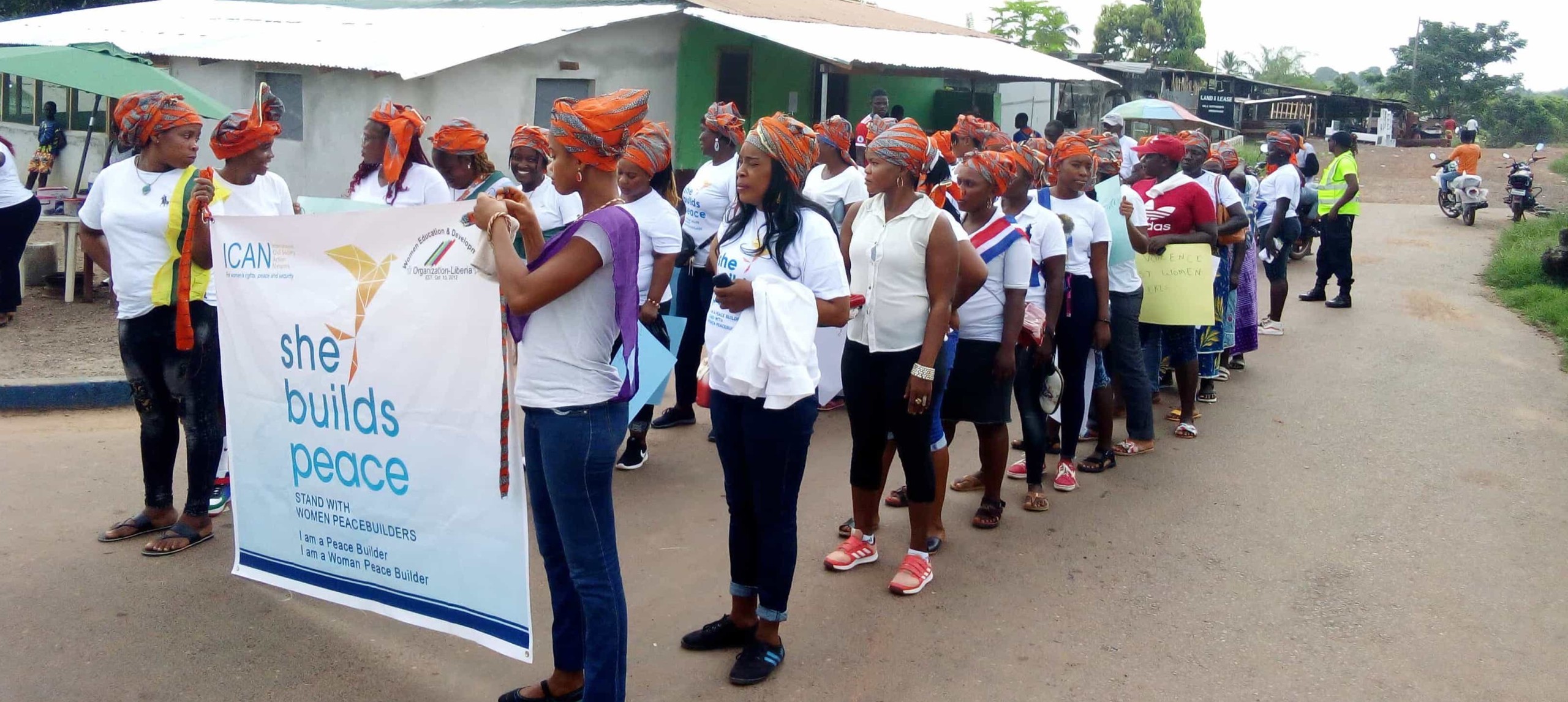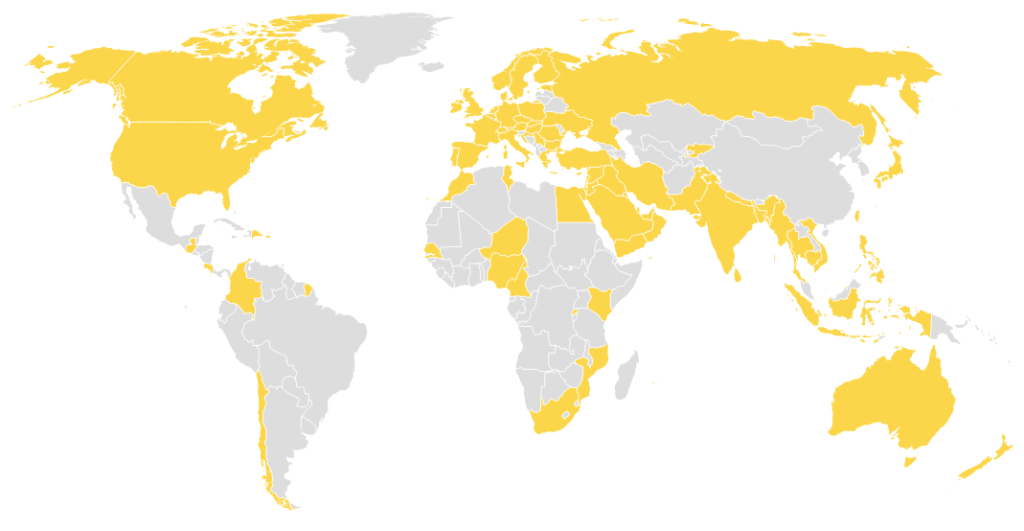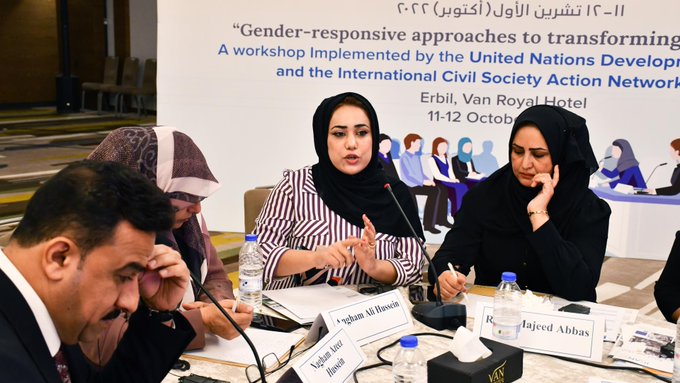
ICAN, in partnership with the Permanent Missions of Norway, Sweden, and Canada, the United Kingdom Foreign Commonwealth & Development Office (UKFCDO), the Ministry of Gender, Child and Welfare of South Sudan, the Global Partnership for the Prevention of Armed Conflict (GPPAC), and the National Transformational Leadership Institute (NTLI), convened a 1.5-day workshop to discuss how to strengthen community security as a localized, transformative approach for sustainable peace.








